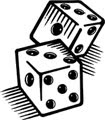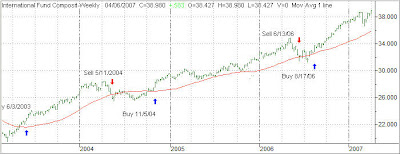 ETFs have been one of the great additions to the investment arena over the past few years. In my advisor practice, I use them along with no load mutual funds to construct our trend tracking portfolios.
ETFs have been one of the great additions to the investment arena over the past few years. In my advisor practice, I use them along with no load mutual funds to construct our trend tracking portfolios.
However, new ETFs are being introduced at an alarming rate. This year, almost 100 new ones have been brought to the market. It’s getting to a point where every sector gets sliced and diced into more micro sectors.
Some of these new micro ETFs are small, have low volume and are extremely volatile. In other words, investing in some of them will be no different than you placing bets in Las Vegas, except you are saving on the travel costs.
Morningstar just came out with an article on the subject called “Fund Frenzy: ETFs Out Of Control.” You can read the entire story at:
http://articles.moneycentral.msn.com/Investing/Morningstar/FundFrenzyETFsOutOfControl.aspx
Just because there are hundreds of ETFs available, which are all competing for your investment dollars, doesn’t mean they are right for you. Use common sense and the same guidelines you would when selecting a no load mutual fund.







